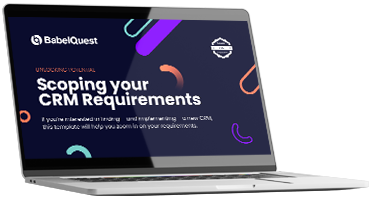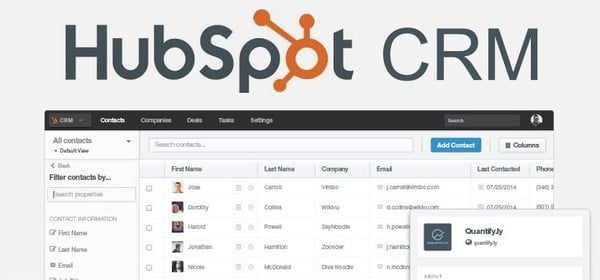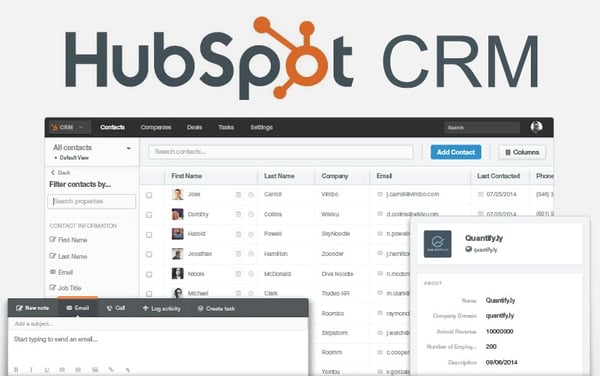1. What is a CRM and how does it work?
In today’s data-driven world, your CRM tells you everything you need to know about your customers and what they really want. In fact, research shows those companies that have CRM software implemented believe that the tool helps them to better understand their customers. As marketers and salespeople, what could be more important?
A CRM system automates and streamlines business processes. It does this by gathering and recording every interaction your prospects and customers have with you, which your whole business can use to identify who they are, what they want and why they purchased (or might be interested in purchasing) your product or service. All of this means your salespeople, marketers, and service reps can better anticipate and fulfil their needs.
The right choice of CRM is a valuable asset to any business. It can literally transform your company, resulting in increased motivation and productivity, more customers, and tangible business growth.
For more on building a business case and introducing the idea of implementing a new CRM, check out our latest ebook ‘The SME’s Guide to Choosing, Migrating and Rolling out a New CRM’.





